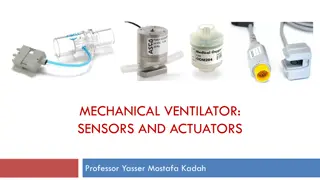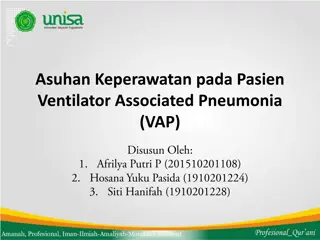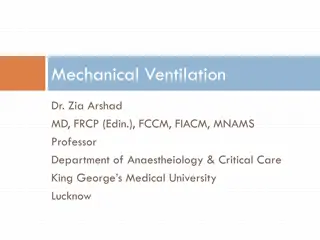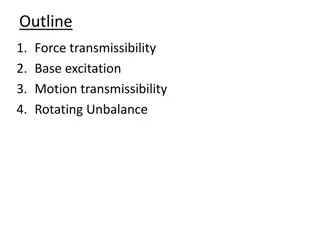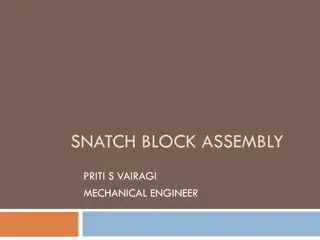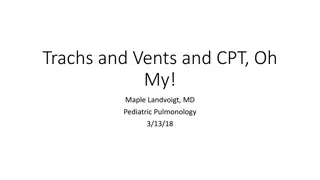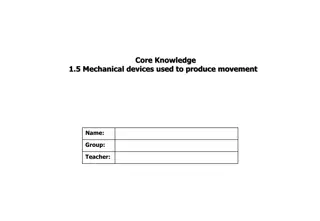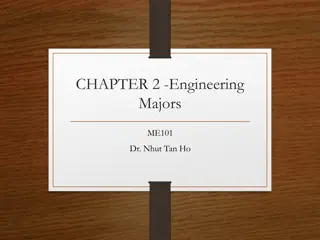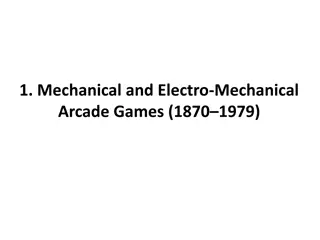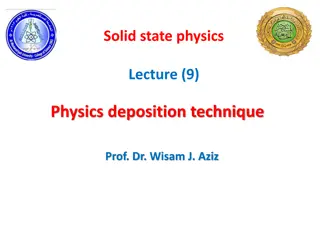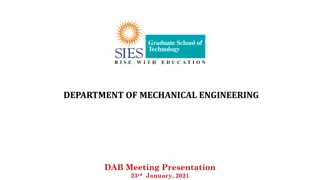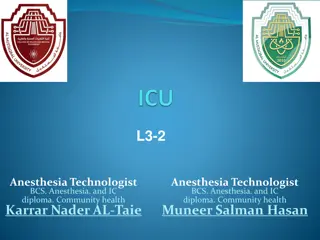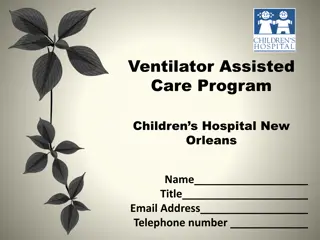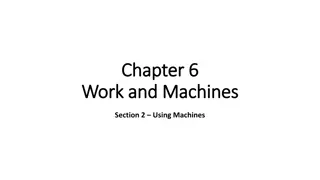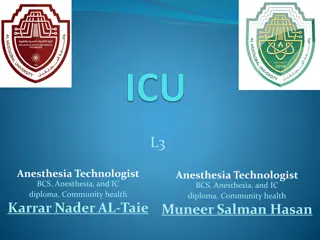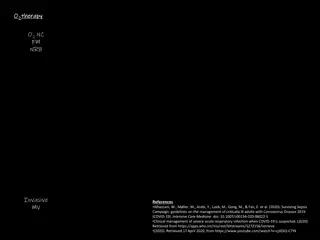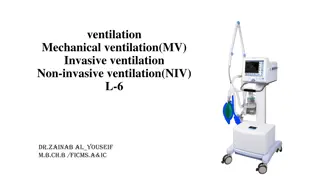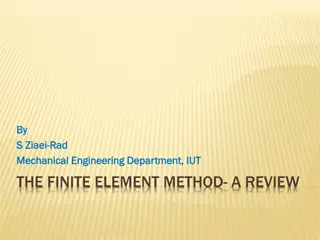
Mechanical Ventilators: Benefits, Risks, and Procedure
"Learn about mechanical ventilators and their benefits, risks, procedure, and importance in assisting patients with breathing issues. Explore the necessity of mechanical ventilation in critical conditions and the potential risks involved in its usage."
Download Presentation

Please find below an Image/Link to download the presentation.
The content on the website is provided AS IS for your information and personal use only. It may not be sold, licensed, or shared on other websites without obtaining consent from the author. If you encounter any issues during the download, it is possible that the publisher has removed the file from their server.
You are allowed to download the files provided on this website for personal or commercial use, subject to the condition that they are used lawfully. All files are the property of their respective owners.
The content on the website is provided AS IS for your information and personal use only. It may not be sold, licensed, or shared on other websites without obtaining consent from the author.
E N D
Presentation Transcript
StudyMafia.Org Mechanical Ventilator Submitted To: Studymafia.org Studymafia.org Submitted By:
Table Contents Definition Introduction Why Mechanical Ventilator? Benefits of Mechanical Ventilator Risk-Factors of Mechanical Ventilator Procedure of Mechanical Ventilator Treatment of Mechanical Ventilator Conclusion 2
Definition A mechanical ventilator is a machine that helps a patient breathe (ventilate) when he or she cannot breathe on his or her own for any reason. There are many benefits, but a major risk is infection. 3
Introduction A mechanical ventilator is a machine that helps a patient breathe (ventilate) when they are having surgery or cannot breathe on their own due to a critical illness. The patient is connected to the ventilator with a hollow tube (artificial airway) that goes in their mouth and down into their main airway or trachea. They remain on the ventilator until they improve enough to breathe on their own. 4
Why? A mechanical ventilator is used to decrease the work of breathing until patients improve enough to no longer need it. The machine makes sure that the body receives adequate oxygen and that carbon dioxide is removed. This is necessary when certain illnesses prevent normal breathing. 6
Benefits of Mechanical Ventilator The patient does not have to work as hard to breathe their respiratory muscles rest. The patient's as allowed time to recover in hopes that breathing becomes normal again. Helps the patient get adequate oxygen and clears carbon dioxide. Preserves a stable airway and preventing injury from aspiration. 7
Risk factors of Mechanical Ventilator The main risk of mechanical ventilation is an infection, as the artificial airway (breathing tube) may allow germs to enter the lung. This risk of infection increases the longer mechanical ventilation is needed and is highest around two weeks. Another risk is lung damage caused by either over inflation or repetitive opening and collapsing of the small air sacs Ialveoli) of the lungs. 8
Risk factors of Mechanical Ventilator Sometimes, patients are unable to be weaned off of a ventilator and may require prolonged support. When this occurs, the tube is removed from the mouth and changed to a smaller airway in the neck. This is called a tracheostomy. Using a ventilator may prolong the dying process if the patient is considered unlikely to recover. 9
Procedure of Mechanical Ventilator Suctioning: This is a procedure in which a catheter (a thin, hollow tube) is inserted into the breathing tube to help remove secretions (mucus). This procedure may make the patient cough or gag, and it may be uncomfortable to watch. Also, secretions may develop a blood tinge from the act of suctioning. It is important to understand that this is a vital procedure for keeping the airways clear of secretions. 10
Procedure of Mechanical Ventilator Bronchoscopy: In this procedure, the doctor inserts a small light with a camera into the airway of the patient through the breathing tube. This is a very effective tool for checking the airways in the lungs. Sometimes the physician will take samples of mucus or tissue in order to guide the patient's therapy. 11
Procedure of Mechanical Ventilator Aerosolized (spray) medications: A patient may need medications that are delivered through the breathing tube. These medications may be targeted to the airway or the lung and may be more effective when delivered this way. 12
Treatment of Mechanical Ventilator Physician: The physician is usually an anesthesiologist, pulmonologist, or intensivist (critical care physician). These doctors have special training in the art and science of mechanical ventilation and take care of these patients every day. 13
Treatment of Mechanical Ventilator Nurse practitioner: The nurse practitioner helps the doctor evaluate the patient and write orders for therapy. Nurse practitioners in critical care areas are specially trained in the care of patients who are connected to mechanical ventilators. Registered nurse: The registered nurses taking care of patients on mechanical ventilation have received special training in the care of these patients. 14
Treatment of Mechanical Ventilator Respiratory therapist: The respiratory therapist is trained in the assessment, treatment, and care of patients with respiratory (breathing) diseases and patients with artificial airways who are connected to mechanical ventilators. Patient care associate: The patient care associate is trained to care for patients in a critical care setting. 15
Conclusion The main purpose of a mechanical ventilator is to allow the patient time to heal. Usually, as soon as a patient can breathe effectively on their own, they are taken off the mechanical ventilator. The caregivers will perform a series of tests to check the patient's ability to breathe on their own. 16
References Google.com Wikipedia.org Studymafia.org Slidespanda.com
Thanks To StudyMafia.org

